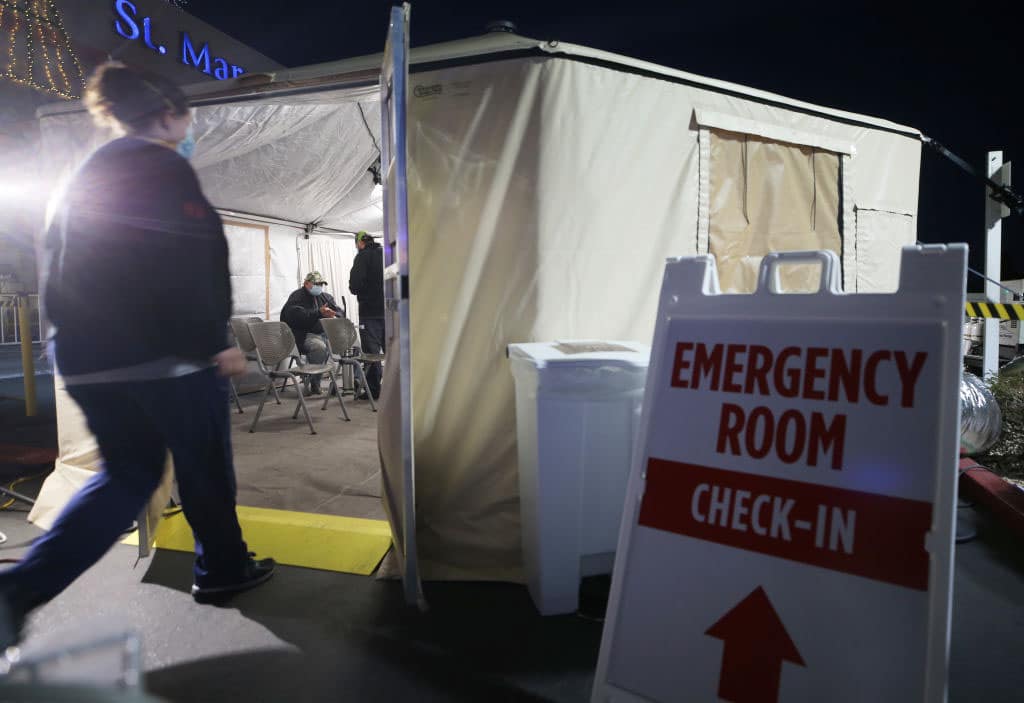 An incoming patient sits in a triage tent set up outside Providence St. Mary Medical Center amid a surge in COVID-19 patients in Southern California on December 18, 2020 in Apple Valley, California. (Photo by Mario Tama/Getty Images)
An incoming patient sits in a triage tent set up outside Providence St. Mary Medical Center amid a surge in COVID-19 patients in Southern California on December 18, 2020 in Apple Valley, California. (Photo by Mario Tama/Getty Images) Just as I was settling into the promise of a liberated post-vaccine world, reality intruded.
I read on CNN.com that things have gotten so bad in Los Angeles County that ambulance crews have been told not to take patients with little chance of survival to hospitals.
“Hospitals are declaring internal disasters and having to open church gyms to serve as hospital units,” County Supervisor Hilda Solis said. “Our health care workers are physically and mentally exhausted and sick.”
According to the report, more than 7,600 people are hospitalized with COVID-19 in just Los Angeles County, and 21% of them are in intensive care units. Every 15 minutes, another person dies from the virus.
I’m getting this weird sense of déjà vu.
I’m thinking back to the early days of the pandemic, when fatalities were rising by the day and hospitals were barely able to keep up. Now, after many months of hard-earned progress, it seems we’re back where we started. Our hospitals are declaring “internal disasters.”
After many months of hard-earned progress, it seems we’re back where we started. Our hospitals are declaring “internal disasters.”
Let’s put aside the issue of why the virus is peaking. That’s for another column. I’m more interested in the human impact of this latest resurgence.
There’s a thick red line between those living through the horror and those comfortable at home, between those dying and those living. That red line has been there since time immemorial, in one form or another — between rich and poor, powerful and weak, happy and depressed, healthy and sick.
It just seems that at the moment, the divide feels more visible.
While the lucky ones are making the best of the quarantine, learning how to bake zucchini muffins and going on nature hikes, a few miles away, emergency patients are praying for a hospital bed. These unlucky ones are braving what L.A. Director of Public Health Barbara Ferrer says is “likely the worst conditions … that we’ve faced the entire pandemic.”
This virus is obviously oblivious to time. It doesn’t care that this is the first week of the year, when our optimism is at a peak, when we still believe we will follow through on our New Year’s resolutions. The promise of the vaccine has turbocharged that optimism.
But reality finds a way to get in the way.
In this (hopefully) final chapter of the pandemic, we are reminded of the limits of optimism. Even in the best of times, there is human suffering that lies just under the surface, suffering that is hard to see and easy to ignore.
As our New Year’s optimism meets the “disaster” zones of overflowing emergency rooms, it’s not enough for the lucky ones to “stay safe” and count their blessings. We need to think of the unlucky ones, as well as the nurses, doctors and first responders fighting on the front lines.
They need to count on our blessings, too.









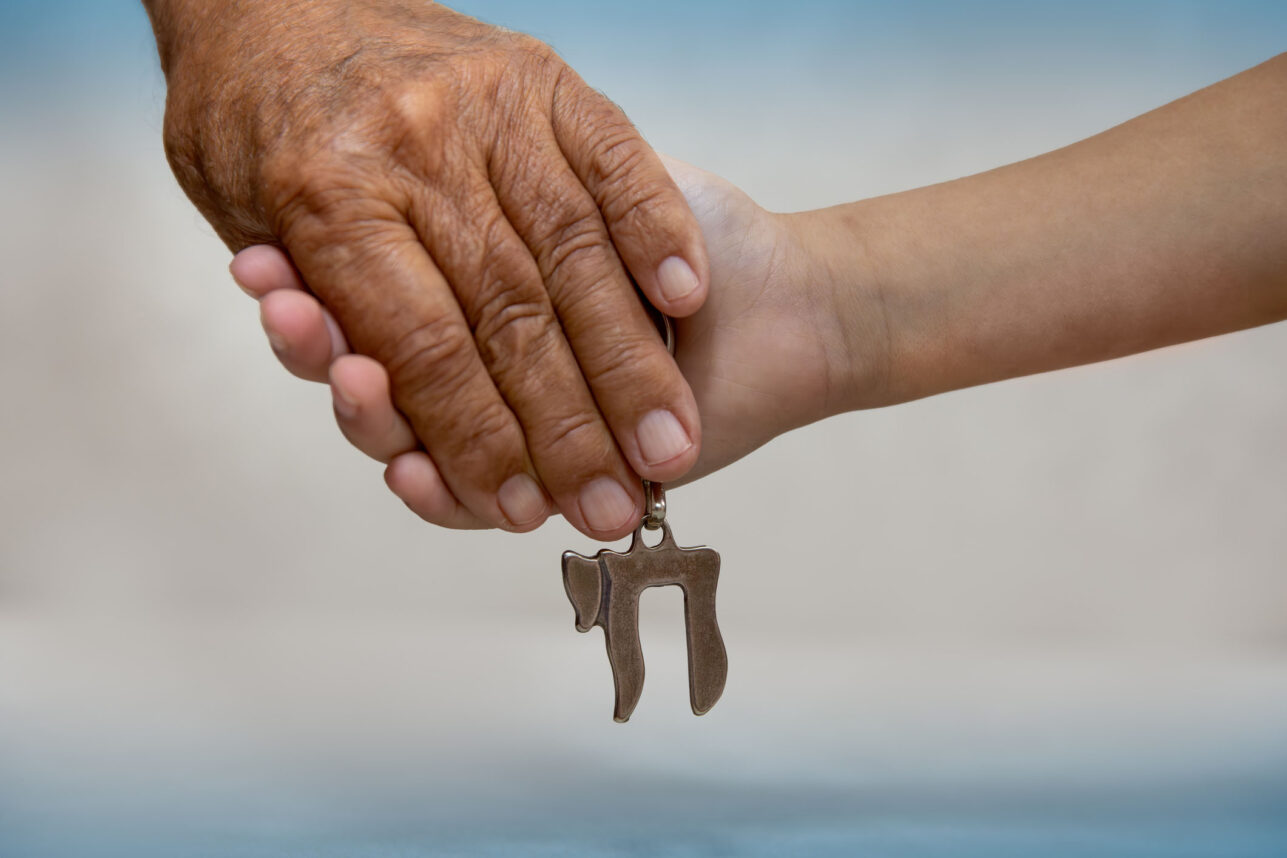
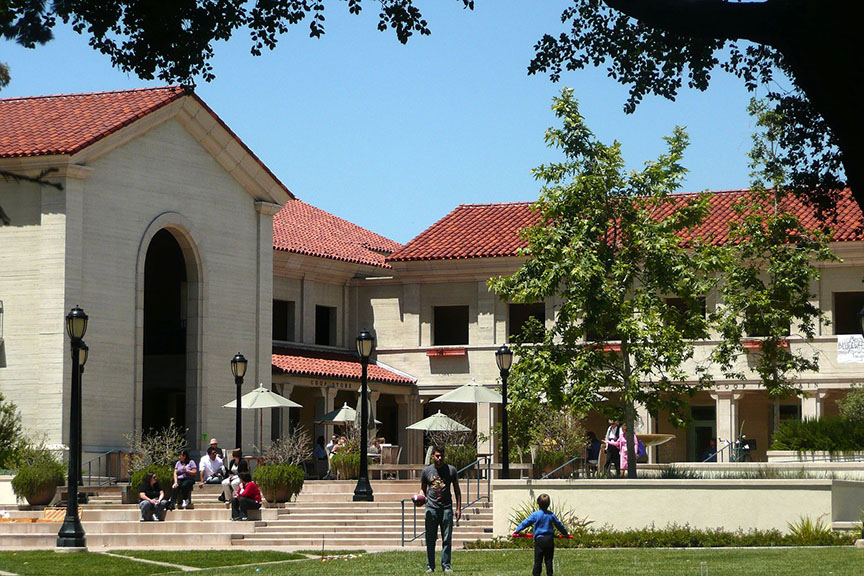
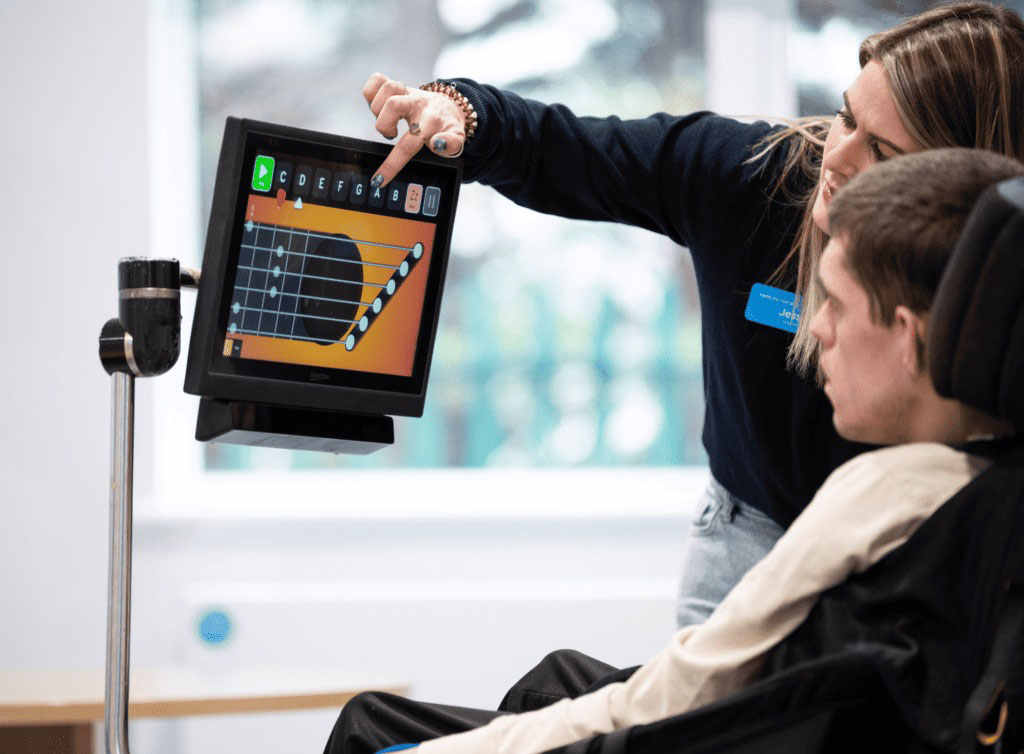
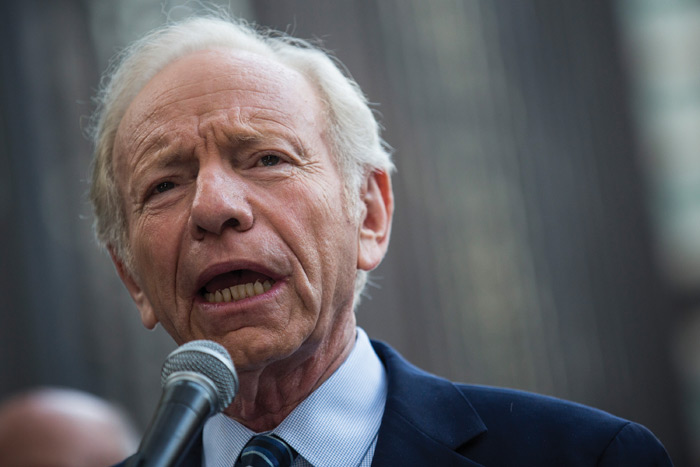



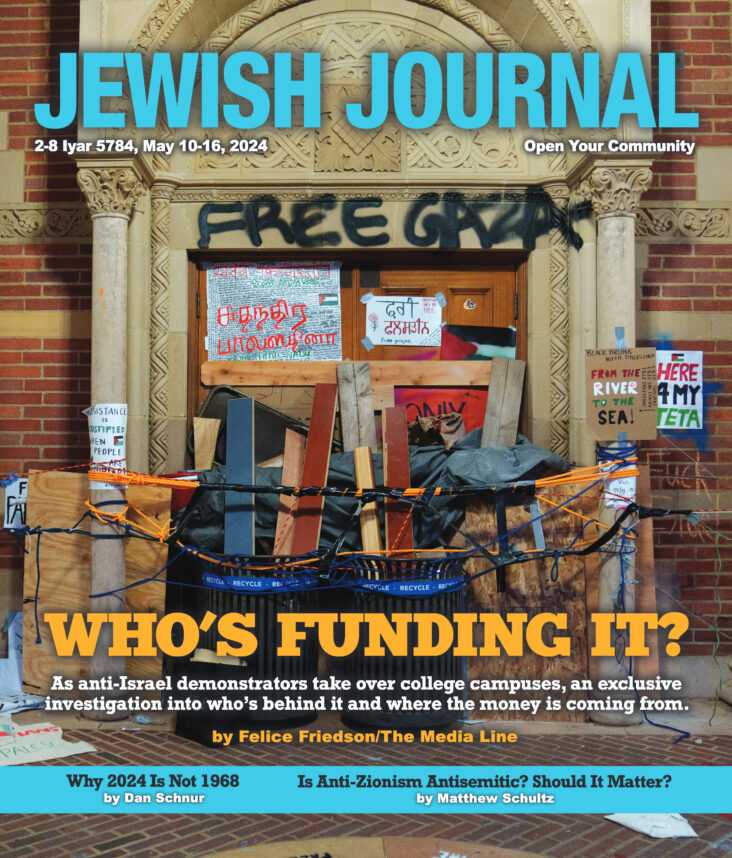






 More news and opinions than at a Shabbat dinner, right in your inbox.
More news and opinions than at a Shabbat dinner, right in your inbox.